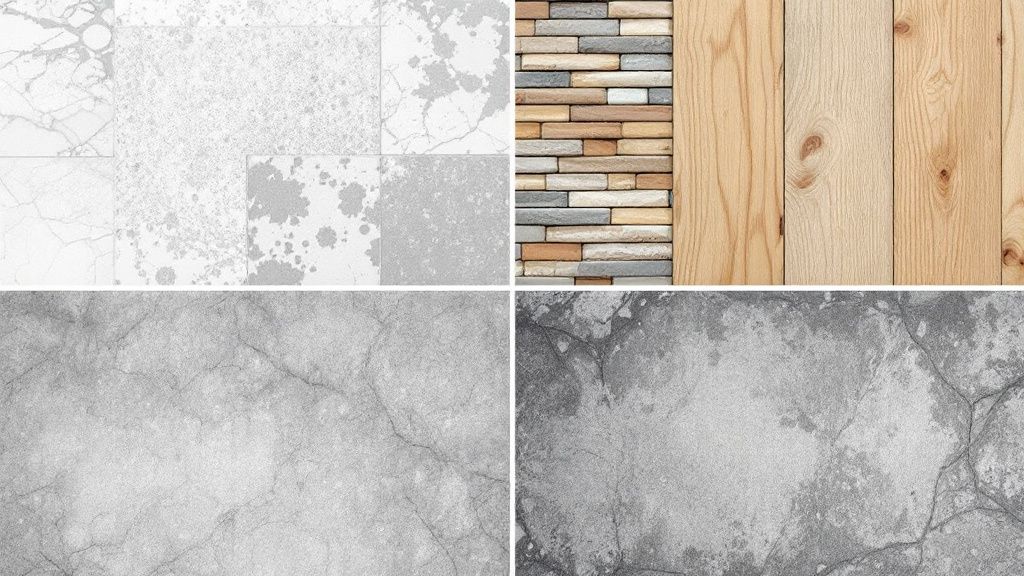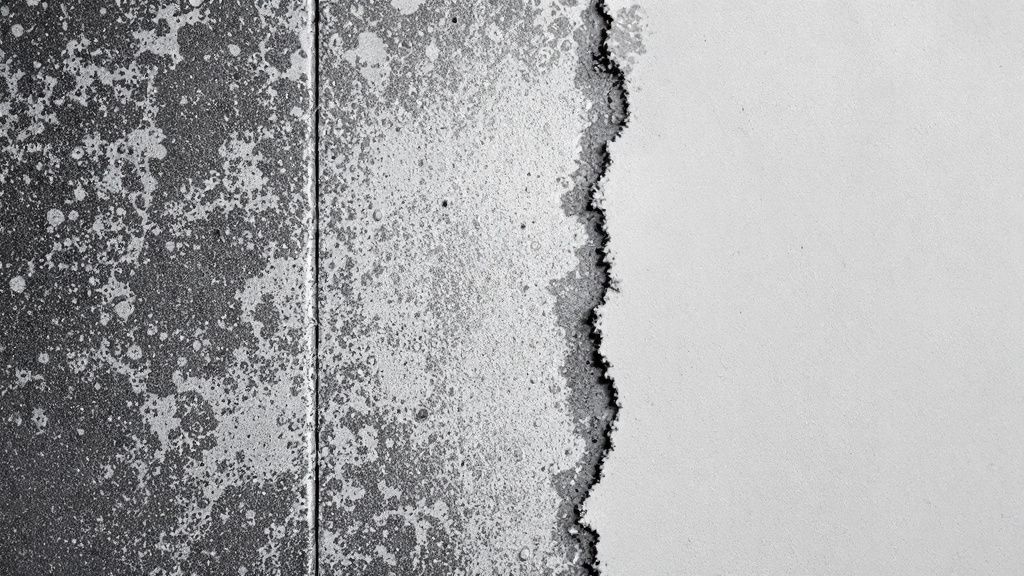Best Materials for Moisture-Resistant Remodeling in Oregon Homes
- Travis Andersen

- May 26
- 4 min read
Key Takeaways
In Oregon, where the Pacific Northwest’s wet climate consistently tests the strength of your home, selecting the right materials for moisture-resistant remodeling is crucial. You need solutions that stand the test of time, actively protecting your space from the damp conditions typical of the region. One effective strategy involves using modern moisture resistant materials designed to prevent water damage and decay. For instance, incorporating mold resistant paint not only adds a long-lasting color to your walls but also offers an added layer of protection against mold, which thrives in humid environments. By upgrading with these specialized materials, you safeguard your home’s structural integrity and enhance its aesthetic appeal, ensuring a hospitable, healthy living space free from the damp challenges prevalent in Oregon’s climate.

Understanding Moisture Resistance in Home Remodeling
Moisture resistance in home remodeling is a critical consideration, especially for homeowners in Oregon. The region’s persistent moisture requires the use of materials that offer protection against dampness, preventing costly long-term damage. Moisture resistant materials, like advanced sealants and water-repellant drywall, provide you with the necessary defense against the wet climate. Incorporating these elements into your remodeling plan helps to safeguard your home against potential water-related issues.
On one hand, some experts argue that traditional materials can offer sufficient moisture protection when properly maintained. Conversely, others advocate for modern engineered solutions like mold resistant paint , emphasizing their enhanced ability to prevent mold growth and ensure durable surfaces. This contrasting perspective highlights a critical decision in selecting materials based on both performance and budget considerations.
Selecting the right materials means understanding how they perform under persistent moisture exposure. Products like treated wood and composite decking stand out in this regard, providing durability and resistance to decay. Using such materials is crucial in areas prone to frequent wet weather, ensuring your remodel holds up over time without frequent repairs or replacements. Taking these steps can lead to a moisture-resistant home that remains resilient, comfortable, and aesthetically pleasing despite Oregon's challenging climate.

Popular Moisture Resistant Materials
When remodeling your home in Oregon, choosing the right moisture-resistant materials is essential for longevity and performance. Cement board, often used in wet areas, offers a sturdy base that resists absorbing water, making it ideal for bathrooms and kitchens. Vinyl flooring is another popular choice, providing a seamless barrier against moisture, while being easy to clean and maintain, which proves beneficial in high-traffic areas.
Fiber cement siding stands out for its resilience to moisture and its ability to mimic various natural materials like wood or stone. Think of fiber cement like a chameleon in the home environment; just as the chameleon adapts to its surroundings, this siding adapts its aesthetics while providing robust protection against the elements. This combination of versatility and durability makes it a favored option among homeowners.
In addition, mold resistant paint is a practical choice for homes in damp climates. It helps you maintain clean, healthy walls by deterring mold growth, while also offering a smooth, lasting finish. Integrating this kind of paint in your Oregon home adds a protective layer to your interiors, proving especially beneficial in areas prone to humidity, thereby ensuring a healthier living space.

Choosing the Right Materials for Your Project
Selecting the right materials for your remodeling project in Oregon requires careful consideration of each element's performance against moisture. Drywall designed to resist water exposure is a popular choice for interior applications, minimizing the potential for damage in humid environments. Incorporating such moisture resistant materials ensures your home remains structurally sound while reducing the risk of costly repairs over time.
In the quest for durability, treated lumber is often recommended for construction projects, thanks to its enhanced ability to withstand moisture. According to recent studies, the process of pressure treating wood with preservatives allows it to resist decay and insects, making it a reliable choice for framing and outdoor structures. This scientific approach offers increased longevity for the building materials used in your renovation efforts.
When it comes to finishing touches, opting for mold resistant paint can be a crucial step in maintaining a healthy home environment. Its formulation includes additives that inhibit mold and mildew growth, particularly in areas like bathrooms and basements. This kind of detail is something PDX Home Revival often considers when renovating kitchens, living rooms, and other moisture-prone areas in Oregon homes. Applying this type of paint ensures that your walls not only look great but also contribute to improving the overall air quality, safeguarding the well-being of your household members.

Best Practices for Moisture Management
Effective moisture management in your Oregon home involves implementing strategies that address both immediate and long-term concerns. Installing a high-quality vapor barrier in basements and crawl spaces is one critical step in preventing moisture infiltration. This not only protects your home’s foundation but also improves energy efficiency by minimizing temperature fluctuations caused by dampness.
Proper ventilation plays a significant role in moisture management, particularly in areas prone to humidity. Installing exhaust fans in bathrooms and kitchens helps reduce moisture accumulation by facilitating air circulation. One of the most frequently asked questions about moisture management is how to balance ventilation with energy efficiency. The answer involves using energy-efficient fans that provide sufficient airflow while keeping energy consumption in check.
Regular maintenance is essential to effective moisture management. Checking for leaks in plumbing and ensuring gutters are clear of debris can prevent water from penetrating your home’s structure. It’s important to use moisture resistant materials in any repairs or upgrades. Incorporating such practices ensures that your home remains resilient against Oregon’s damp climate, preserving its value and comfort.
Frequently Asked Questions
What are the best moisture resistant materials for remodeling?
Cement board, fiber cement siding, and vinyl flooring are among the best options for moisture resistance.
Why is mold resistant paint recommended for Oregon homes?
Mold resistant paint is recommended because it prevents mold growth in humid conditions common in Oregon's climate.
How does moisture resistance benefit home remodeling?
Moisture resistance prevents water damage, extends the lifespan of materials, and helps maintain structural integrity.
Can I use moisture resistant materials in existing homes?
Yes, moisture resistant materials can be integrated into existing homes during renovations or upgrades.
Is special maintenance required for moisture resistant materials?
Regular cleaning and inspections are typically sufficient to maintain the effectiveness of moisture resistant materials.



Comments